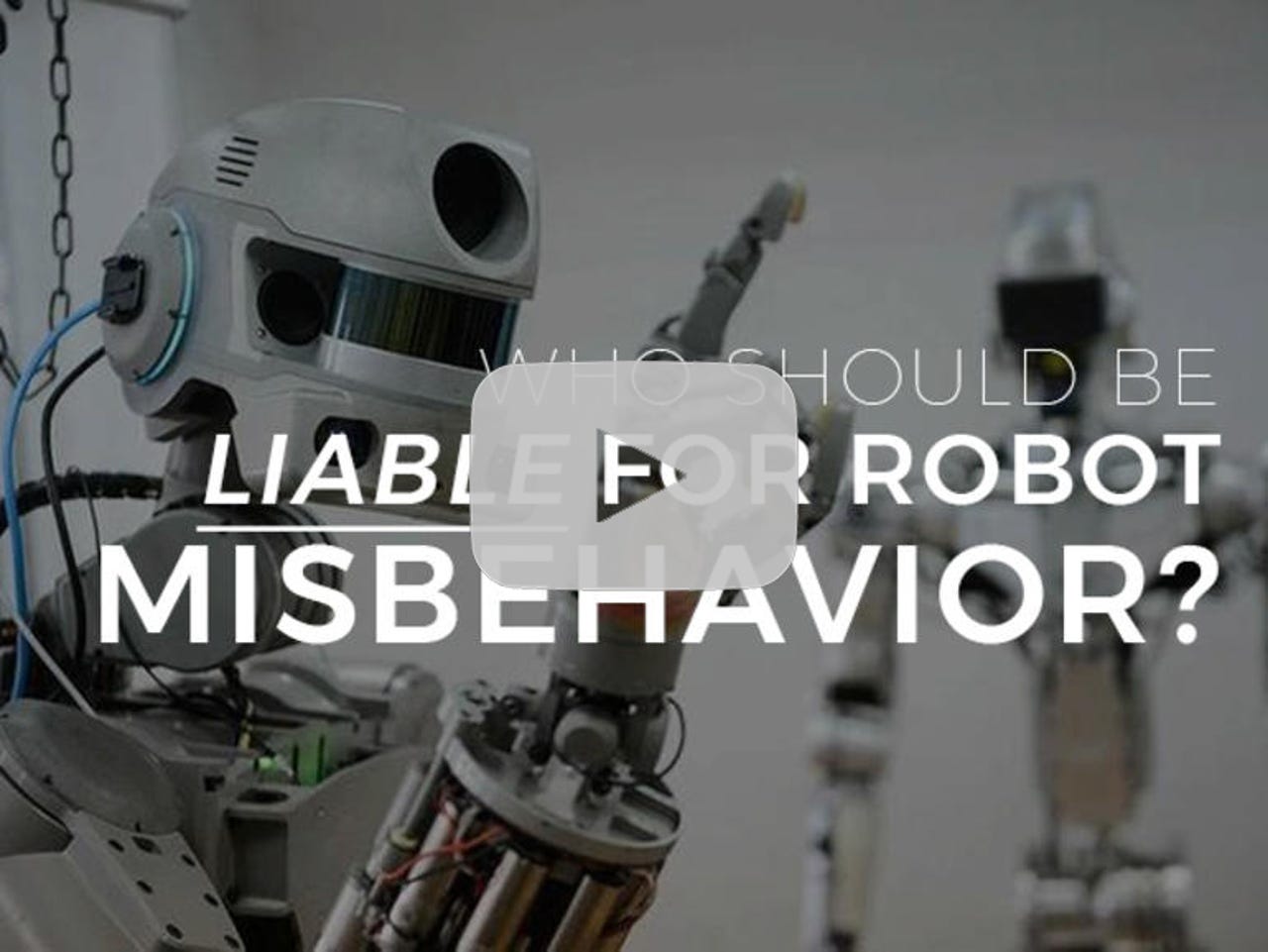This robotic arm for multitasking can be controlled with thoughts


Video: Who should be liable for robot misbehavior?
Plenty of busy people have joked about needing an extra set of hands to juggle all their tasks, and now it just might be possible. Mind-controlled prosthetic limbs have already been developed for amputees, but the next level of bionics enhances healthy bodies and provides super-human abilities. Researchers at Advanced Telecommunications Research Institute International in Japan demonstrated how healthy people can use an extra robotic arm to multitask.
Featured
In an article published inScience Robotics, the researchers describe a study where healthy participants used their minds to control a robotic arm while they also used their human arms to do something else.
Read also: 11 delivery robots that will soon carry food and packages
This experiment blurs the lines between man and machine and provides a preview of the ways that robotic capabilities can be enhance humans in the real world. Cyborgs already exist today -- such as the colorblind man who implanted an antenna into his brain so he could perceive colors and the biohackers who embed RFID or NFC chips into their hands so they can unlock doors, make payments, or store their personal data. Now, we can add extra limbs to the list of weird but ingenious ways to integrate technology with biology.
In the experiment, participants wore an electrode cap and sat in a chair with a human-like robotic arm attached to it. The intention of the user was decoded from brain signals and the fake hand was programmed to grasp a bottle.
The robotic arm was placed at shoulder-height and dressed in normal clothes because previous studies have shown that brain-machine interfaces (i.e., mind-controlled robots) work better if the user is able to perceive the robot as being an extension of their own body. With this setup, the study's participants controlled the robotic arm by imagining it grabbing a bottle, while at the same time, they used their own hands to balance a ball on a board.
Read also: This robot fights fires - CNET
Interestingly, the results were split into two distinct groups: good and bad performers. Of the 15 participants in the study, eight of them were successful most of the time (85 percent) while seven were only able to accomplish the task 52 percent of the time. The researchers suggest that the difference between good and bad multitasking had more to do with differences in the natural abilities of the volunteers, not the brain-machine interface.
With such a small sample size (there were only four women and one left-handed participant), it's impossible to conclude why some people were good multitaskers and others were not, but the researchers suggest that one explanation is that some people are just naturally better at hand-eye coordination than others.
If brain-machine interfaces are ever going to become a consumer product, much more research and development will be needed. In the meantime, this latest experiment gives biohackers something new to consider.